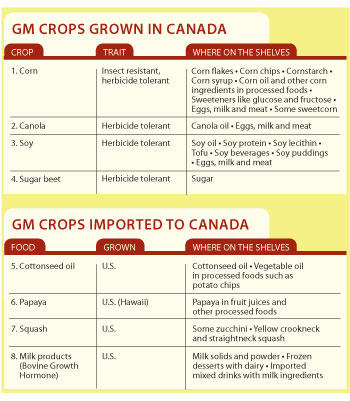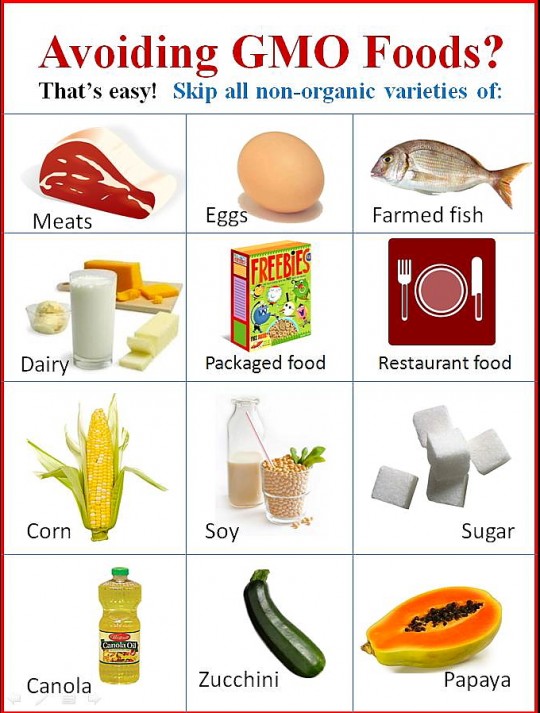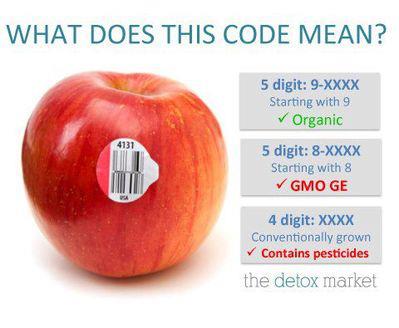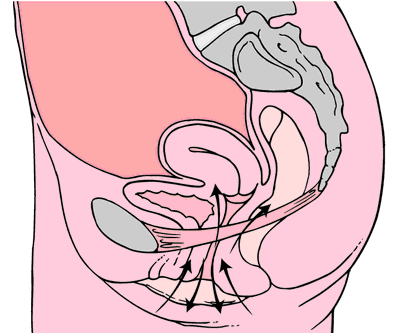Below are tips from Hand in Hand Parenting on how to build connection with your child.
There are several Hand in Hand Parenting tools that can be used to boost your child’s connection to you and create more emotional security to fill those feelings of need.
When your child is filled up with feelings of connection and safety, they will be able to play on their own for longer.
Let’s explore how three of these tools, Special Time, Playlistening, and Setting Limits can be used to boost connection.
Special Time is a tool that creates pockets of connection in which your child has your full attention and is able to play exactly the way they want to.
To do Special Time you simply decide a time you will focus warm attention on your child, and choose how long you will do this.
When that time comes, call out, “Now it’s Special Time. I’ll play anything you want to play.”
Set your timer for the amount of time you’ve allotted (anywhere from 2-30 minutes) and then give your full attention to your child.
The goal in Special Time is to give your child 100% of your attention, adding extra warmth, eye contact, and touch, and let them decide what they want to do as you follow their lead.
During Special Time you put aside your phone, your distractions, your worries about the dirty dishes, and all efforts to teach your child manners or lessons. Simply follow your child’s play with as much delight as you can.
Even though you may give your child a lot of quality playtime already, these Special Times can fill them up with feelings of connection more effectively than semi-distracted playtimes can.
Kids look forward to Special Time as the time to absorb your full, undivided attention.
The only goal during Special Time is connection. It doesn’t matter if your child putzes around pushing the button on and off on their tablet, tells knock-knock jokes, or pretends to be a superhero while you are the villain.
The connection between you both is the most important focus during this time, not the content of the play.
And don’t worry if your child doesn’t seem to notice your efforts to connect. Sometimes, children protect themselves from disappointment by not relying on our attention at first.
Be sure that your attention will have a warming effect, whether you can detect it or not.
I have seen time and again with families that I work with that even 10 minutes of Special Time a couple of times per week can result in children who are more able to communicate what they are feeling and needing, and who have more resilience when parents ask them to do things they don’t want to do.
Special Time is a wonderful tool that can help fill your child up with love and attention so that they can more easily play on their own. You can get a free guide to Special Time here.


 Based on
Based on 

